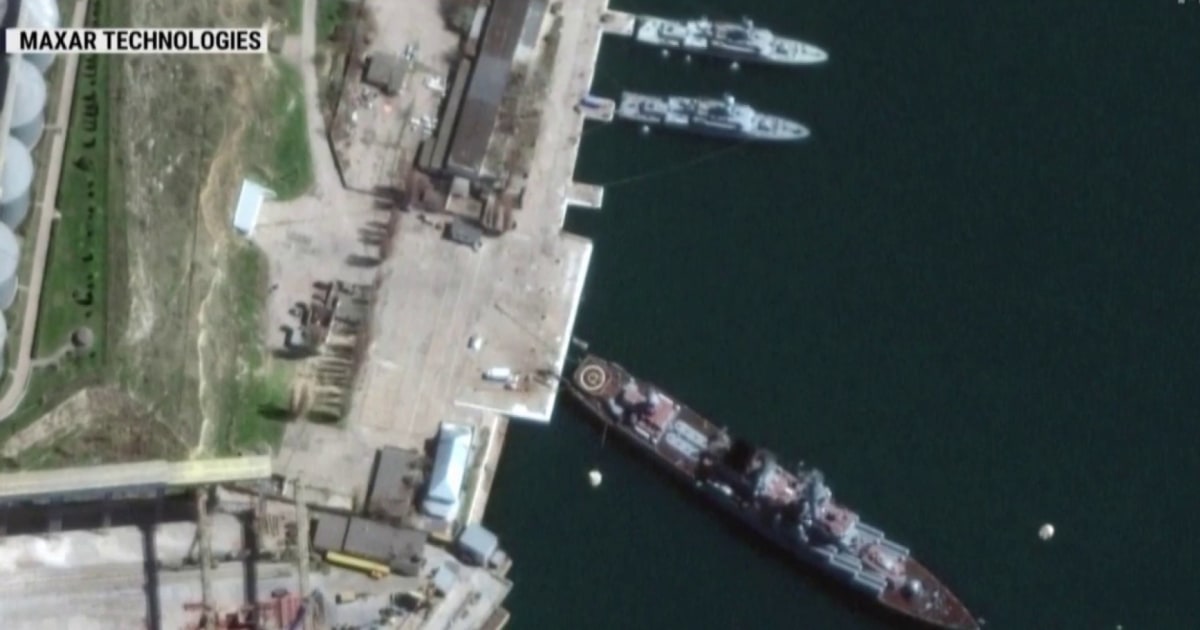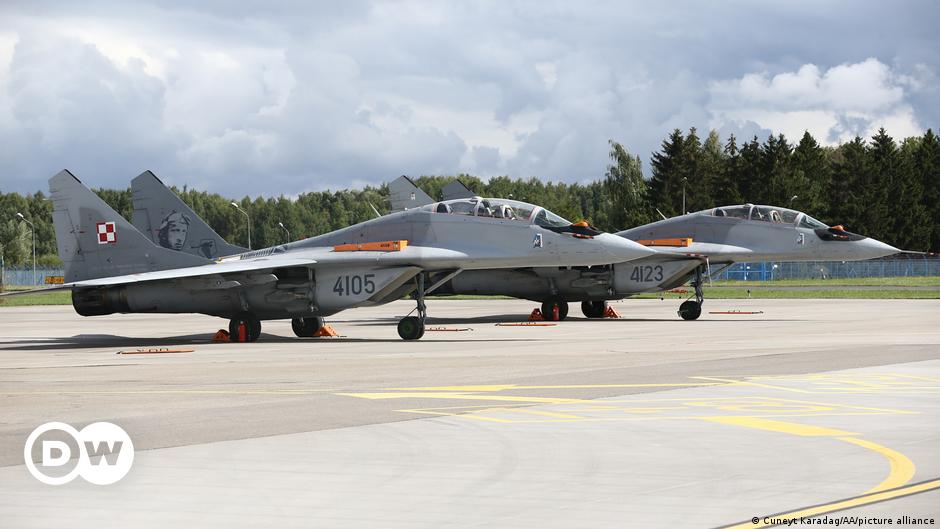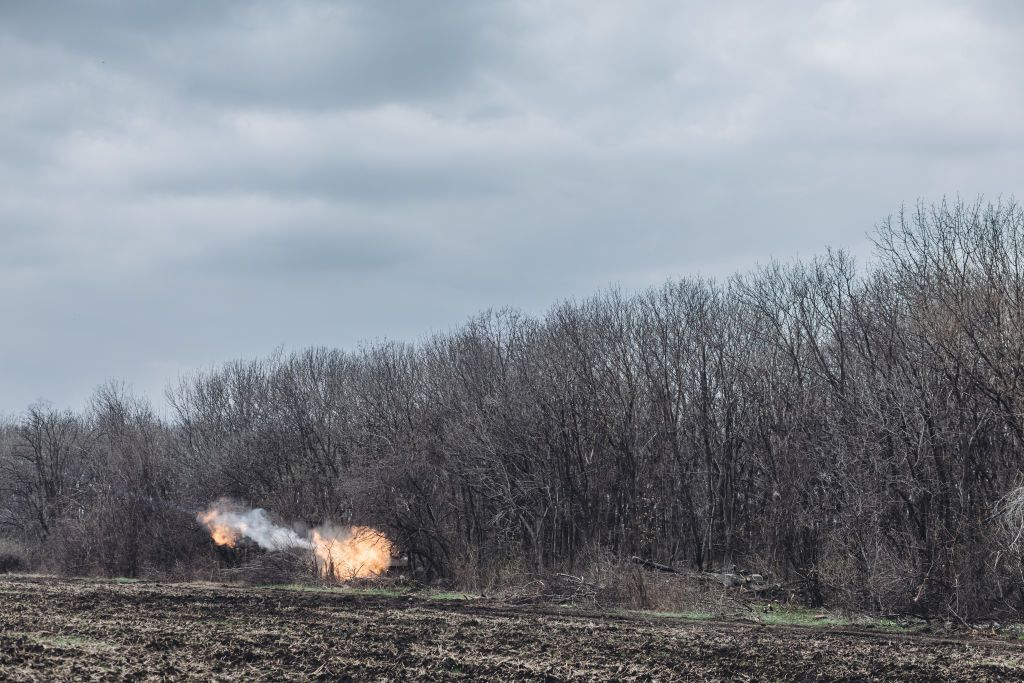Your responses did not address the questions I raised at all. You refer to ~2000 air sorties in Iraq as if they are the equivalent of the 160-400 short range missiles Russians fired, when the in fact those 2000 sorties included mid to long range missiles and also aerial bombing, which you did not include in Russia's figures. PGMs also are not referring solely to short ranged missiles, most of the ones the US uses are guided bombs:
Precision-guided munition - Wikipedia
"Of the 29,199 bombs dropped during the war by the United States and United Kingdom, nearly two-thirds (19,040) were precision-guided munitions."
https://www.hrw.org/reports/2003/usa1203/4.htm
Sorry if I didn’t respond to this question. Here’s how I look at it “Long range missiles”, “short range missiles”, “mid range missiles”, “lower mid range missiles” “higher midrange missiles” “low altitude flying missiles” “high altitude flying missiles” … you’re getting stuck on range... whereas im talking about quantity. Whether those missiles are 600 kilometers or miles, it comes down to this: the US dropped
2,000 missiles within 5 days in Iraq whereas Russia dropped 600 within 11 days in Ukraine. It’s simple arithmetic, who dropped more at the enemy infrastructure?
With the US dropping more than 2,000 missiles, they were able to take out Iraqi air defenses, communications, electric grid, water supplies, etc (the US loves to use missiles). The 2,000 missiles sent into Iraqi territory stretched their military defensive line very thin and created all kinds of chaos (this is exactly what you want to do within the first 10 days of war). This also enabled the US to have air superiority, and success on the ground. We were able to move fast from there… Do you know how many days the Iraqi electric grid blacked out for? About 30 days.. imagine if Russia did something similar and dropped as many missiles at critical infrastructure in the beginning of the war. The US game plan was simple, overwhelm the enemy with missiles. Whereas Russia thought they were going to be met with roses and the war was going to be over within 3-5 days.

Examine the date on the article above, March 7. The invasion started on February 24, which meant after 11 days Russia only sent 600 missiles into a well defended Ukraine, whereas the US sent 2,000 missiles into a less well demanded Iraq after only 5 days. Whether the US sent long range, mid range short rage, high flying, low flying, mid flying missiles makes zero difference to me, and that’s why I didn’t respond to your question bc it’s irrelevant, you’re focusing on range, while I’m focusing on the numeric numbers of missiles.
The US is not a big user of short ranged missiles. Of the type still in service at the time, only 450+ were fired in the Iraq war (according to promo by the manufacturer in 2006). As of 2015, 560+ were fired in all conflicts. This is more than an order of magnitude of difference in scale (approaching 2).
MGM-140 ATACMS - Wikipedia
Short range missiles simply did not play a big factor in taking air superiority in Iraq, unlike what you are suggesting.
I shouldn’t have said 2,000 shorties, what I should have said was 2,000 missiles…. But again I didn’t think it was relevant. I wasn’t focused on the type of missiles I was focused on numeric numbers of the missiles
2,000 sent from US (in a span of 5 days) vs 600 from Russia (in a span of 11 days) to take out critical infrastructure. But now that I know you’re focused on types of missiles, I will make sure to be clearer and listed every single color, measurements, spec, weight as well as it’s range so that we don’t bicker about this next time….. down to the very atom and wire follicle, serial numbers, etc…. I’ll move on…
As for death counts, you were suggesting "a lot" of the possible 500k to 1 million deaths (which are high estimates based on excess deaths over the entire conflict) could be attributed to the initial missiles strikes (or more accurately air sorties which includes bombing), but those are from estimates covering from 2003/2004 to 2019/2020, a whopping 16 years. I was asking for sources of deaths that can actually be attributed to the initial ~2000 sorties in the first few days (and specifically the short range missiles if you were trying to compare to Russia's 160-400), but it seems you don't have that figure (nor of long term deaths according to your own standards). As I pointed out, the direct deaths to the end of March were on the order of 4000. Just throwing out 500k to 1 million deaths in such a hand-wavy matter is misleading at best, in the absence of such quantification.
Again you’re focusing on a different issue than I am, the numbers of civilian deaths caused from a direct hit of bombing is much lower, but the cause of the electric grid being down, water sources getting contaminated all together equates to 500,000-1.3 million deaths depending which sources you looked at. A university professor I attended to who specializes in the Iraq War says 500,000 caused by lack of water, contamination and sanitation alone. I mentioned civilian deaths to show how a “small war” like Iraq can mean up to 1.3 million deaths, so that others who think WW3 will be short and easy can think twice about the suffering. WW1 saw up to 25 million deaths. World war 2 saw up to 85 million deaths…. WW3 to me, will also see large numbers of deaths in the millions when factoring in infrastructure being blown up/hacked into, food supplies being disrupted, inadequate medical supplies, etc. People simply don’t factor in these things.
This is putting aside that Russia is well past the point where their failure to take air superiority can be explained by initial miscalculations.
The first 10 days of war is most critical, this is where you get the element of surprise before your adversary is able to regroup. This is where you get the highest probability to take down their infrastructure, which is defined as: roads, airport, transportation, electrical grid, water supplies, communication, etc.. the US overwhelmed the Iraqi infrastructure within the first 5 days of the war in Iraq with 2,000 missiles which enabled the ground force to move swiftly towards the capital. Whereas the Russians only sent in only 600 missiles after 11 days. Moving in towards an enemy’s capital with their infrastructure still operating is just a bad idea.
I don't think anyone was suggesting WW3 would be a walk in the park,
A few here mentioned WW3 would be
short, which was why I responded with the assessment that Russia/Moscow is layered with layers and layers and layers and layers and layers of anti air defenses. This means we won’t be getting in with jetd and helicopters. A ground invasion will surely cause lots of casualties. Even if we don’t invade by ground crotical infrastructure will be hacked and food supply chains will be disrupted leading to some form of world hunger/starvation, especially in third world countries that are already going through food shortages.
just that it is nothing compared to nuclear war. Nor do I think most people here believe WW3 would involve a full scale invasion into Russia, instead as others mentioned, it'll likely largely be a conflict near the border regions where NATO defends neighboring countries, while taking out Russian targets that are near the borders from the air. NATO has no desire to invade Russia. What people really fear is things escalating to nuclear war.
Your scenario is possible.
I’m refuting those who think WW3 will be a
short and
easy war (you can go back and read their comments). The longer the war drags on, the more lives will perish. The more miscalculations miscommunications can lead to a larger conflict. The more each side attacks the other’s infrastructure, the more suffering and hunger we’ll see. Here’s an article of the velocity of Russia hackers infiltrating our infrastructure to the tune of “hundreds and thousands” of attempts per day:
And it may be just the first phase of a bigger attack.

www.vox.com
Once inside the computers of a primary target, like a power company, the attackers primarily set up programs that collected information. These programs captured screenshots, recorded details about the computer, and saved information about user accounts on that computer.
The report doesn’t say that the attackers were able to control how power plants generated power. Instead of messing up power generation, the intruders watched and recorded information from computers that received the data from the energy generation systems.
We have their information, and they have ours. A full scale war will lead to a full scale infrastructure attack.
As for sending fighter jets (ones that Ukraine operates, not NATO jets flying into Ukraine), I doubt those are red lines for Russia, especially if sent secretly (as they should be).
You are entitled to your doubts, I’ll trust the Biden administration’s decision and put my faith in our department of security instead. Remember that it isn’t just the US decision not to send jets, it’s also Germany who is refusing this move:
Germany will certainly not send warplanes to Ukraine, Chancellor Olaf Scholz said on Wednesday, after the United States rejected an offer by Poland to transfer its Russian-made MiG-29 jets to a U.S. base in Germany as a way of helping Ukrainian forces.

www.reuters.com
Germany and the US have both said sending Polish MiG fighters to Ukraine would be an escalatory step. Ukrainian President Zelenskyy has pleaded with NATO to provide more firepower.

amp.dw.com
From article:
Germany and the US have both said sending Polish MiG fighters to Ukraine would be an escalatory step.
Again, you are entitled to doubts. I prefer to read between the lines here. Why is the US and Germany afraid to send jets? What does “escalatory” mean…. These are things that our state department has a better handle on than we armchair quarterbacks have visuals into.
It's even less of a red line for China: given we have sold plenty of fighter jets to Taiwan (including the most advanced F16V), why would they care if we supply Ukraine with them, even new ones? The main reason fighters might not make sense
Wars do not make sense… but it still happens. Here’s the thing about war,
throw all your assumptions out the window. What we think we know as armchair quarterbacks on this board pales in comparison to what our state department and intel knows. As stated above, the two most powerful economic western countries are afraid to escalate. You have to ask yourself
WHY? It’s likely because red lines are drawn, and no one dares to cross it, even if Putin is committing war crimes, we won’t cross that line and Germany won’t cross that line. No one will spell out those red lines publicly, they are internally communicated.
And if talking about US ones like F16s and F15s, there is the question of training/maintenance, that have been mentioned upthread.
Yes I’m the guy that also brought up the issue of maintenance and the $80 million price tag for jet fighters. But your point about price and maintenance of F-15s isn’t relevant to Ukraine because the F-15s won’t be sent to Ukraine, it’s Poland who will be getting the F-15s in exchange for the Migs should this deal go through. Poland has the money, they’ll be able to maintain the jets just fine. But the US and Germany won’t broker this deal at this moment. Both are against it, while we armchair quarterbacks are for it.
To be clear, I'm not in favor of escalating things to WW3, nor do I want NATO or the US involved in a direct war with Russia (which is why I'm also opposed to a foreign enforced "no fly zone," which Ukraine has since given up on),
I’m glad you feel this way because a no fly zone will mean US boots on the ground and US jets in Ukraine, it will also mean US anti air forces in Ukraine, which leads to US jets hunting down Russian jets to enforce the rule. The Navy will also have to move in.
but I'm cognizant that there is a need to maintain Ukraine's mid/high altitude anti-air capabilities and prevent Russia from taking control of Ukraine's skies. If this requires sending them fighter jets, I'm all for it.
I wish it was this simple, both the US and Germany are afraid to do this. They have more information than anyone of us.
I've mentioned this in the past, but Russia refraining from large scale bombings of other areas of Ukraine is not because of their mercy (for evidence see Mariupol), but because Ukraine has still been able to maintain mid/high altitude AA capabilities and some fighter jets in other regions (plus as per analysis I posted by others, Russia's air force appears simply incapable of large complex air operations).
I agree that the Russians aren’t sympathetic to Ukraine, they’re mercilessly using artillery and missiles to crush the will of the Ukrainian people. As shown in Vietnam, bombings from Operation Rolling Thunder and Operation Linebacker didn’t crush the communist’s will.
In fact the US dropped more bombs in Vietnam than WW1 & WW2 combined… as long as long as the US continues its shipment of weapons and food supplies, the Ukrainians won’t give up, even if it means more bombing.
We have to a keep a close eye to keep this capability ongoing, and not let Russia slowly whittle it away to nothing (at which point the rest of Ukraine is in for a world of hurt, like what Mariupol experienced).
With each atrocity exposed, Putin also gets exposed. The longer this drags out, the more It’ll make Putin look bad. Putin understands the US is trying to bleed him dry in Ukraine.








/cloudfront-us-east-2.images.arcpublishing.com/reuters/X4J5ITWLWRJXXJBN7HSUHCBVOE.jpg)



